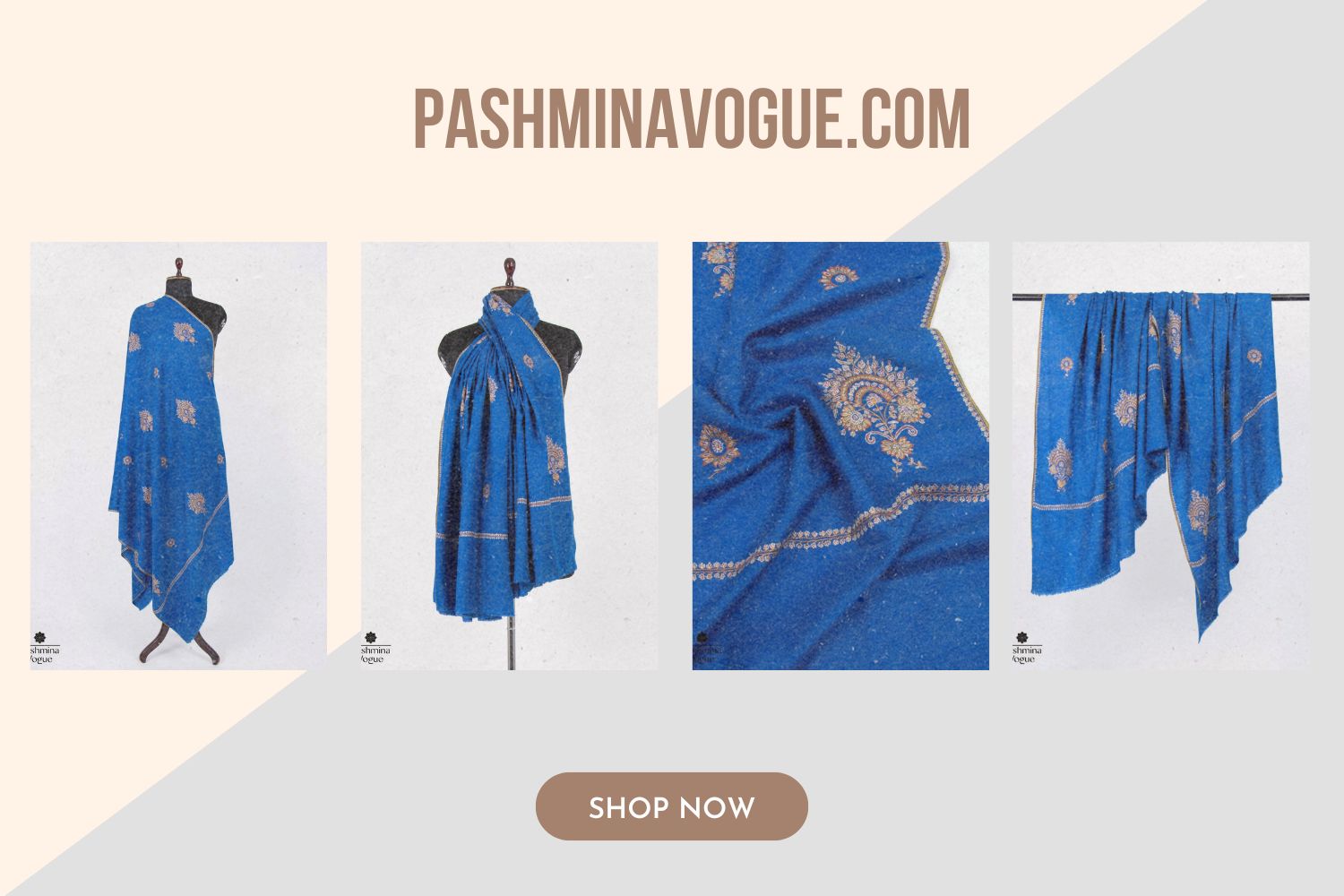Pashmina, known for its luxurious softness and warmth, is often imitated but never replicated exactly. Due to its high value and demand, distinguishing authentic Pashmina from imitations can be difficult; here are some key factors and tests to help identify authentic Pashminas.
1. The Burn Test
For an effective method to verify the authenticity of Pashmina, one reliable test is conducting the burn test. Genuine Pashminas made from natural fibers will perform differently when burned than synthetic materials.
Method:
Carefully take apart and burn a small section from your shawl’s fringe or fiber.
Observation:
Genuine Pashmina burns slowly and emits an unpleasant burning hair fragrance while leaving behind fine ash residue, while synthetic fibers burn quickly, smell like plastic, and leave an inedible hard bead of smoke.
2. Perform The Feel Test
An authentic pashmina should feel gentle and weightless against your skin, providing the ultimate warmth experience.
Genuine Pashmina is known for its unparalleled softness. You should never feel itchy or scratchy when wearing genuine pashmina.
Warmth: Pashmina provides exceptional warmth despite its lightweight fabric composition, providing ideal warmth at an excellent value.
Weave Evaluate the weave of your shawl or scarf carefully. A genuine Pashmina is handwoven, often featuring an uneven or irregular weave as evidence of its handmade nature.
3 Handwoven Texture:
Look out for an irregular or distinct texture, which indicates it was handwoven.
Selvedge: Handwoven Pashmina shawl edges may differ slightly from machine-produced edges in terms of their selvedge; they will likely still be neatly finished but may not be as uniformly produced as machine produced edges.
4. The Price
Pashminas are considered luxury items and tend to command premium prices. Be wary of items selling significantly lower than their market rate as these may be counterfeits or fakes.
Market Rate: Genuine Pashmina shawls and scarves typically command higher market rates due to the labor-intensive process involved in gathering wool for weaving into these textiles.
5. Label
Check for labels that indicate the composition of the material used. Genuine Pashmina typically is marked 100% Pashmina or as being composed of both Pashmina and silk.
Composition: Look for labels that clearly state whether the material used is 100% Pashmina or a blend (such as 70% Pashmina and 30% Silk).
Select Reputable Sellers Its Only buy from vendors with proven experience selling authentic pashminas and offering quality customer service.
Reputation: Look for vendors with an established track record, such as Pashmina Vogue.
Conclusion
Recognizing a genuine Pashmina requires diligence and knowledge of its individual characteristics. By employing these tests and working with reputable sellers, you can rest assured that you’re investing in an enduring piece of luxury that will stand the test of time.
Visit Pashmina Vogue for authentic Pashmina products, featuring a collection of genuine Pashmina shawls, scarves, and more!

